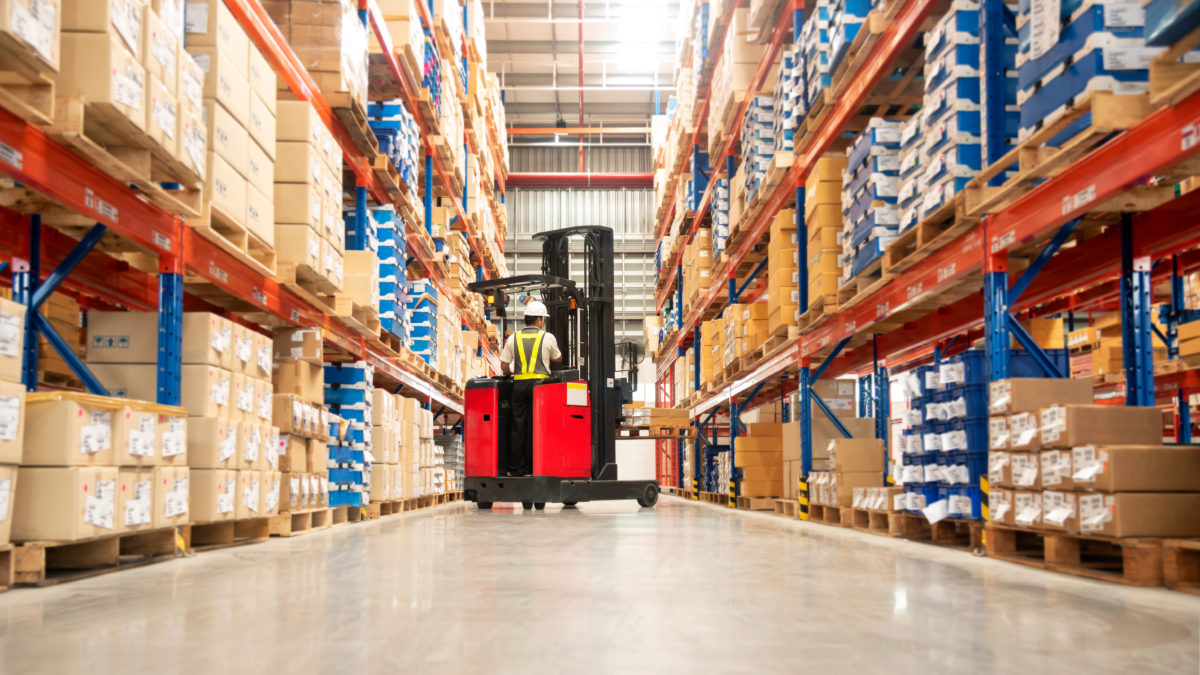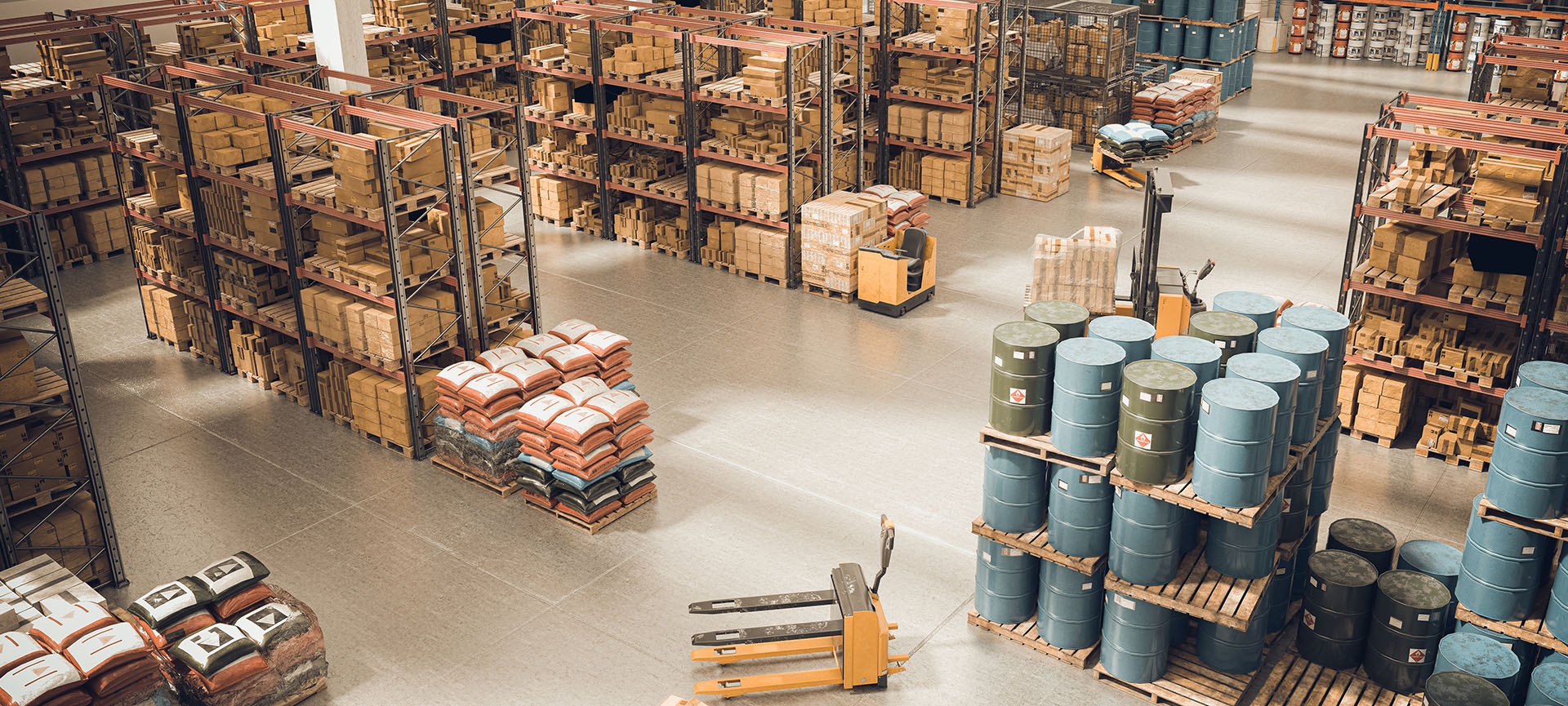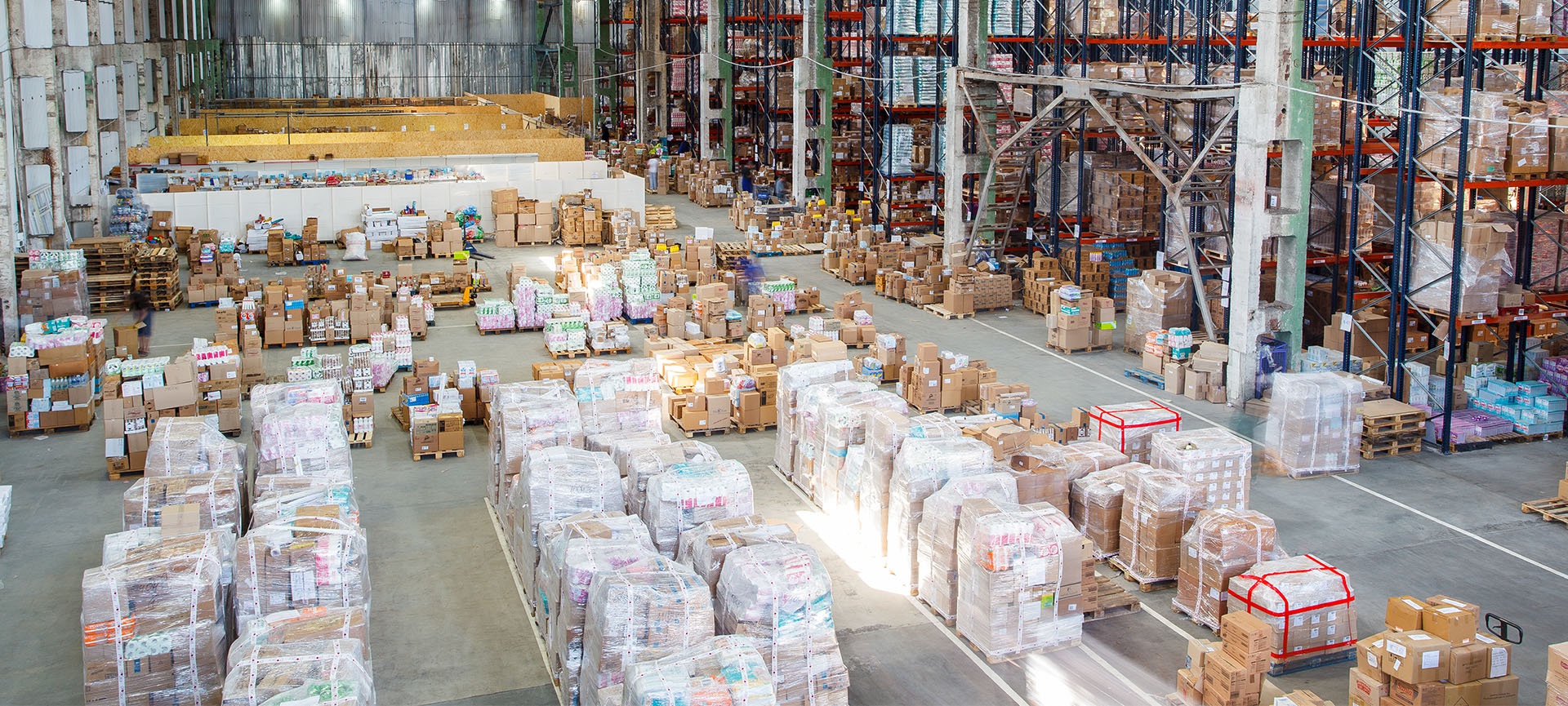Even seasoned logistics professionals mistakenly use the term “warehouses” and “distribution centers” interchangeably. Forgive yourself if you have made the same mistake. This article will differentiate the two and describe their specific functions.
The History of Warehouses and Distribution Centers
In the world of supply chains, tradition dictated that products be stored at the maximum quantity possible, every time and everywhere. Due to insufficient information and lack of planning within the supply chain process, warehouses were used to stockpile all inventory. Consequently, it would be months after arriving in the warehouse would they be shipped out.
But the changes seen in supply chains for the past twenty to thirty years have equipped supply chains with more information and intelligence. Demand for products can now be predicted in advance. Thus, advanced planning is possible. Items can then be delivered at the time they are needed. Stockpiling inventory was minimized.
The old tradition was now replaced with the enforceable rule that the needed number of products must be at the right place at the right time. Warehouses eventually were not able to adhere to this new supply chain rule. Thus, the birth of distribution centers.

What is the warehouse?
A warehouse is primarily used for product storage. They are used to store suppliers’ raw materials or manufacturers’ finished goods. Warehouses hold the information on where these items need to go. Only then will they be transferred to the distribution chain and onto the customer.
Warehouses contribute to a company’s profits by housing inventory. Doing so smoothens any fluctuations in the supply and demand chain. Consequently, companies are able to maintain positive customer service. Satisfied customers equate to repeat businesses thereby incurring more profit.
Specialized warehouses also exist specifically for manufacturing industries. Production warehouses balance the flow of incoming manufacturing materials. Meanwhile, storage warehouses receive goods in bulk and put them away to be dispatched later on. Such warehouses are solely used for inventory storage for long time periods.
Essentially, warehouses are necessary to keep the flow of materials and goods from its source to point-of-use efficient and relatively uninterrupted.
Related article: Warehouse Management Best Practices
What is the distribution center?
Distribution centers not only store products, but they also provide services such as order fulfillment, product mixing, packaging, cross-docking, among others. While a warehouse can store items for a long time period, distribution centers store products in shorter periods. Compared to a warehouse’s flow velocity, distribution centers have a greater flow velocity.
Plus, distribution centers are more focused on their customers. They serve as a bridge between them and suppliers. Compared to warehouses that solely store products, distribution centers have a responsibility to meet customer requirements. Orders from warehouses and retail are shipped from a distribution center. These centers also serve external customers.
Operations-wise, distribution centers have more complex systems than warehouses. The former is equipped with advanced technology that would allow them to fulfill order processing requirements and transportation management.

Conclusion
There is no need to pit warehouses and distribution centers against each other. Each offer benefits that would suit a company’s varying needs. Know your business’ requirements. Determine your storage needs for the short term and the long term. If you can, note down your business objectives in order for all parties to be aware of expected outcomes.
It would help if you know details such as the kind of materials or goods to be stored, the specific market the goods will serve, and the quantities to be stored. Ideally, consider all factors prior to making a decision as mistakes could be quite costly. Being aware of this information would help you definitively know if a warehouse or distribution center is right for you.
Related article: Leverage the Benefits of Warehouse Storage and Cross Docking



